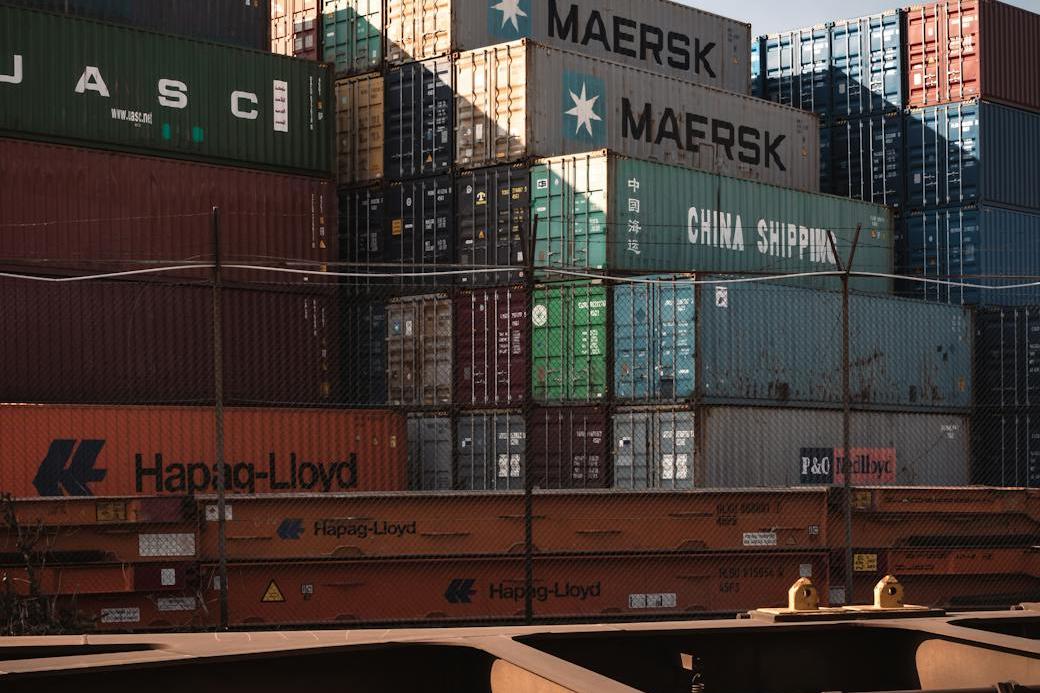
Preface: When Christmas Plants EncounterClassification of Customs
It's the Christmas season again, and as a foreign trade professional, are you struggling with the import and export declarations of various Christmas plants? Don't worry, let me, the "veteran trader," guide you through the classification secrets of Christmas plants with ease. Just like Santa Claus knows exactly which chimney each gift should go to, we must accurately determine the "tariff code destination" for each plant.
The "ID card" of the Christmas tree
As the well - deserved leading role in the C - position of Christmas, the classification of Christmas trees is quite particular:
- Natural Christmas Trees: Those firs, spruces, and other trees with their roots sawn off and clearly no longer viable for replanting are like passengers with clipped tickets, destined to take up residence in the "hotel" of tariff code 0604.9090.
- Artificial Christmas Trees: "Stunt doubles" made of plastic or metal must hold the "admission ticket" of 9505.1000 to attend the Christmas party.
A "Family Portrait" of Christmas Plants
Besides Christmas trees, many other plant stars also shine brightly in this season:
Poinsettia: The Flame in Winter
These adorable potted plants with their vibrant red "hats" are best suited to stay in the "greenhouse" of 0602.9099. Remember, they are live plants, so don't forget to prepare their "health certificate" (phytosanitary certificate) for import and export.
Holly: The Classic Red - Green Color Combination
When holly appears in different occasions, its "ID card" also changes:
- Pot form: "Residents" of 0602.9099
- Make into a wreath: will move to the "community" at 0604.2090.
Christmas Cactus: The Christmas Messenger in the Cactus World
These peculiar plants, resembling crab claws in shape, may appear wild in appearance, but they are quite "docile" when it comes to classification—uniformly categorized under 0602.9099. However, be aware that the quarantine requirements of different countries might be even more prickly than their thorns.
Christmas Rose: A Misnomer of a "Pretender"
Though it bears the name of a rose, it's actually an "imposter" from the Helleborus genus. When importing or exporting it as a potted plant, remember to label it with the code 0602.9099.
Mistletoe: A Special Existence Under the Love Spell
These "love tokens" hanging on the lintel, when declared with their branches and fruits, will be granted a "special pass" with the HS code 0604.2090 by customs.
The Quarantine Red Line That Cannot Be Ignored
In the ode to the import and export of Christmas plants, quarantine requirements are the notes that must not be out of tune:
- Live plants, like international travelers, must hold a valid "health certificate."
- Different countries have their own "blacklists" for pests, much like how customs agencies in various regions have their own "most wanted" lists of particular concern.
- Wooden packaging materials also require separate "health checks"—don't let them become "stowaway ships" for pests.
Conclusion: The Magic Formula for Smooth Clearance of Christmas Plants
Remember these three "Christmas Magic Spells" to ensure your plant goods pass customs smoothly:
- First, distinguish between living and non - living28.: Is it living or artificial? This is the first dividing line for classification
- Then, look at the form30.: Is it a potted plant, a cut branch, or an ornament? Different forms may correspond to different HS codes
- Quarantine Priority: Live plants must first meet quarantine requirements. Otherwise, correct classification is in vain.
May these experiences serve as Christmas gifts to help you navigate the path of foreign trade with increasing ease. If you have any further questions, feel free to consult me, your "Foreign Trade Santa Claus," anytime!


 Follow Customer Service WeChat
Follow Customer Service WeChat